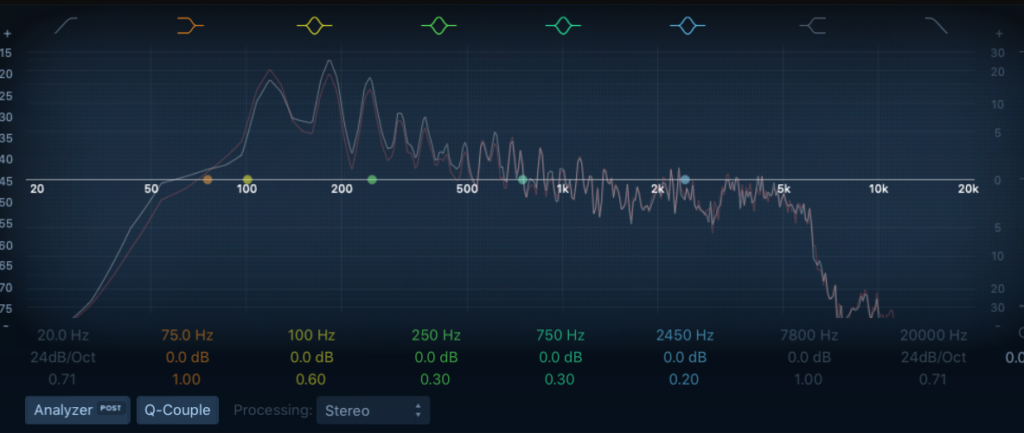August 14, 2021 : two free “Gen3” IR collections are now available, using a ZillaCabs® Fatboy loaded with two Celestion® G12M Greenback speakers.
The Greenback has been declined by Celestion in multiple versions since its inception in the 60’s and the 70’s : the Greenback is that classic rock electric guitar tone with a lot of punch and very present mids. It will suit rock, blues and hard-rock players for sure, but metal guitar players and other genres should probably try them : less scooped, less open and less aggressive than more modern speakers (ie V30s), it can provide great tone, with a lot of articulation.
Those two new collections are the first of the ‘Gen3’ series : one is using a KT88 power amp for capture, the other one is using a new class-D power amplifier. The KT88 IRs are more scooped and the class-D ones are more “neutral”, with more low, low-mids and mids : they provide a different feel and tone. I personally enjoy these new “flat” IRs and I think they may be easier to pair with your gear and offer a greater tone range. Please post your comments and let me know what you think about these new IRs versions and your thoughts between the two flavors.
For metal players, these new IRs may require that you scoop your pedals or amps mids to go into metal territory, especially for the Greenbacks. And by the way, for metal players, I found these Greenback IRs to work pretty well with low tunings : worth a try !
Check this post for more info on ‘Gen3’ IRs.
KT88 versus class-D
The result is quite different and I found both to be interesting : the KT88 amp provide a slightly scooped tone (check the new -EQ files in the KT-88 collections for ‘rectified’ KT88 tone) that will bring you quite quickly in the metal tone zone, while the class D IRs are more balanced : more low-end (I did not expect that), more low-mids and more mids, with a tad less treble (they are a little bit darker, but that is subtle). The result is that the class D IRs give a fuller tone, and IMHO your gear tone might come through better (less colour imparted on your tone). As the class-D IRs have more ‘meat’ between 0 and 1 kHz, the resulting volume is a little bit higher than the KT88 ones : when using both , you’ll match levels by lowering the class-D ones by approximately 0.7 to 1 dB.
I’ll continue providing KT88 or 6L6 IR collections, as I think they are both really interesting and useable : depending on your gear and taste, you may prefer one or the other, or just use both versions…
See the pictures below to get an idea of the difference in tone :


And some tone demo to illustrate the differences between the two.
All sample are using the same mic (SM57) and same position (10 10):
- -CLASSD : class-D IR
- -KT88 : KT88 IR
- -KT88-EQ : KT88 IR using the -EQ file version of the IR
- -KT88-EQ-R-CLASSD-L : class-D left channel, KT88-EQ on the right channel
- -KT88-R-CLASSD-L : class-D left channel, KT88 on the right channel
Gear used : Fishman WA 6 – Precision Drive – Thrasher 50 – Torpedo Reload – Soundcard – Logic Pro – Nadir – Fatboy Greenback IRs (Drop C tuning)
Gear used : Fishman Fluence 7 – Precision Drive – Mooer GE300 (amp sim only) SATSUMA TH30B – Soundcard – Logic Pro – Nadir – Fatboy Greenback IRs (B tuning)
IR collections pages
You can find the collection on the main IR download page or following this link for KT88, and this one for the class-D IRs.
Remarks
Overdriven.fr is not affiliated with the brands mentioned on this page. These products and brand names are listed here to describe the hardware used for impulse capture. All brands belong to their respective owners.
For legal notice and information see the about page : https://overdriven.fr/overdriven/index.php/about/

Leave a Reply